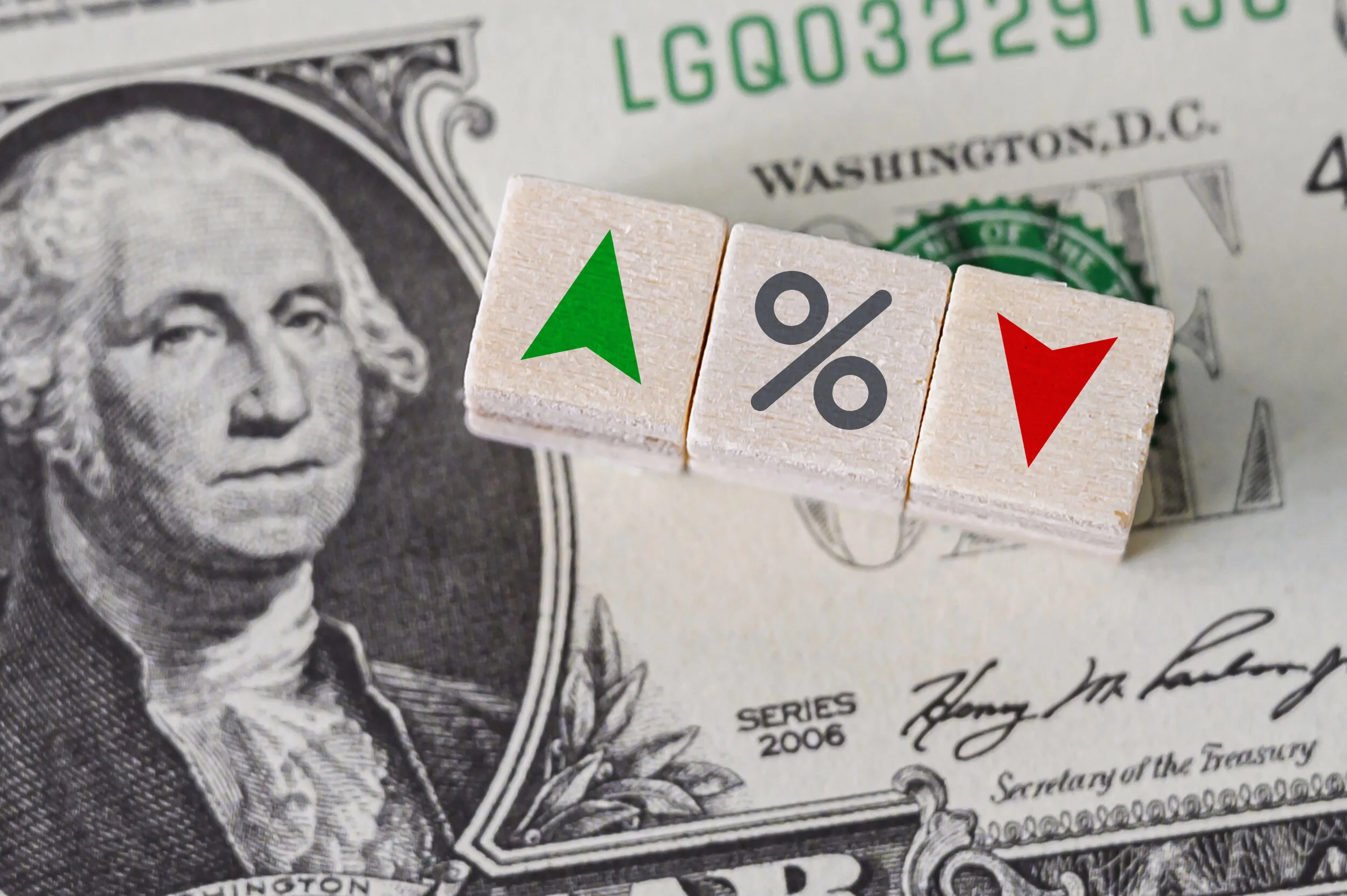By Steve Tepper, CFP®, MBA
(adapted from content provided by Dimensional Fund Advisors)
Even if you don’t follow the financial news closely, you may have heard once or twice or a hundred times over the last few months that Amazon has grown from an incredibly large company to a ridiculously colossal incredibly large company. With most of its competitors shuttered for weeks or months or permanently in the midst of a global pandemic, and with the company offering a safe shopping solution to a hundred million homebound households, it makes sense.
Way back in January of this year, Amazon’s value, measured as market capitalization (stock price times outstanding shares), was around $900 billion. Not exactly chump change, but as of the day I am writing this in mid-September, the company’s value is over $1.5 trillion.
Sounds like a company you want to get in on, right? Not to mention some of the other giant companies out there that are doing nothing but getting bigger: Apple, Google, Berkshire Hathaway. All these companies have had nice runs while thousands of other companies have suffered through 2020.
The rich get richer, so they say. Does that mean big companies are a better bet in general than smaller ones? The 2020 performance notwithstanding, the historical record is pretty clear. The answer is “no.”
As companies grow to become some of the largest firms trading on the U.S. stock market, the returns that push them there can be impressive. But not long after joining the top 10 largest by market cap, the stock performance of those companies, on average, began to lag the market.
History shows the average returns of giant corporations are a two-part story: rapid growth far in excess of the market average up until they become a top 10 company, followed by returns that are in line and slightly below the market average.
From 1927 to 2019, the average annualized return for these stocks over the three years prior to joining the top 10 was nearly 25% higher than the market. In the three years after, the edge was less than 1%.¹ Five years after joining the top 10, these stocks were, on average, underperforming the market—a stark turnaround from their earlier advantage. The gap was even wider 10 years out.
Intel is an illustrative example. The technology giant posted average annualized excess returns of 29% in the 10 years before the year it ascended to the top 10 but, in the next decade, underperformed the broad market by nearly 6% per year. Similarly, the annualized excess return of Google five years before it hit the top 10 dropped by about half in the five years after it joined the list.
This is yet another reminder of the danger of chasing return. Amazon, Apple, and Google were great investments—in January 2020. But we can’t invest in January 2020, only today, so before investing, we have to decide if those companies will continue to beat the markets by wide margins going forward. They might! But “they might” isn’t a good foundation to rational decision making. History gives us a better answer: Be wary.
¹ Returns are measured as of start of first calendar year after a stock joins top 10.
Past performance is no guarantee of future results. Indices are not available for direct investment; therefore, their performance does not reflect the expenses associated with the management of an actual portfolio.
This information is intended for educational purposes and should not be considered a recommendation to buy or sell a particular security.


